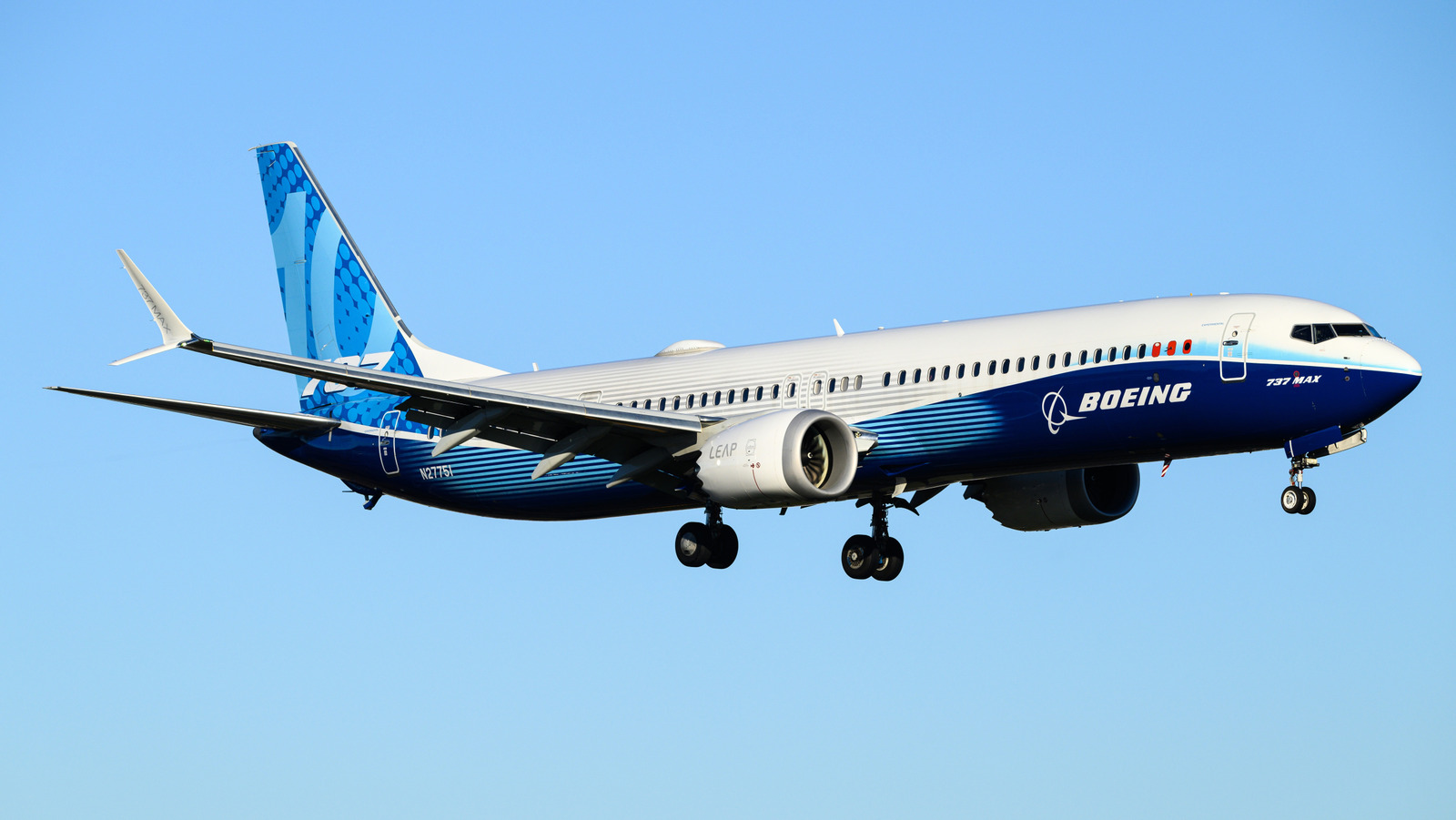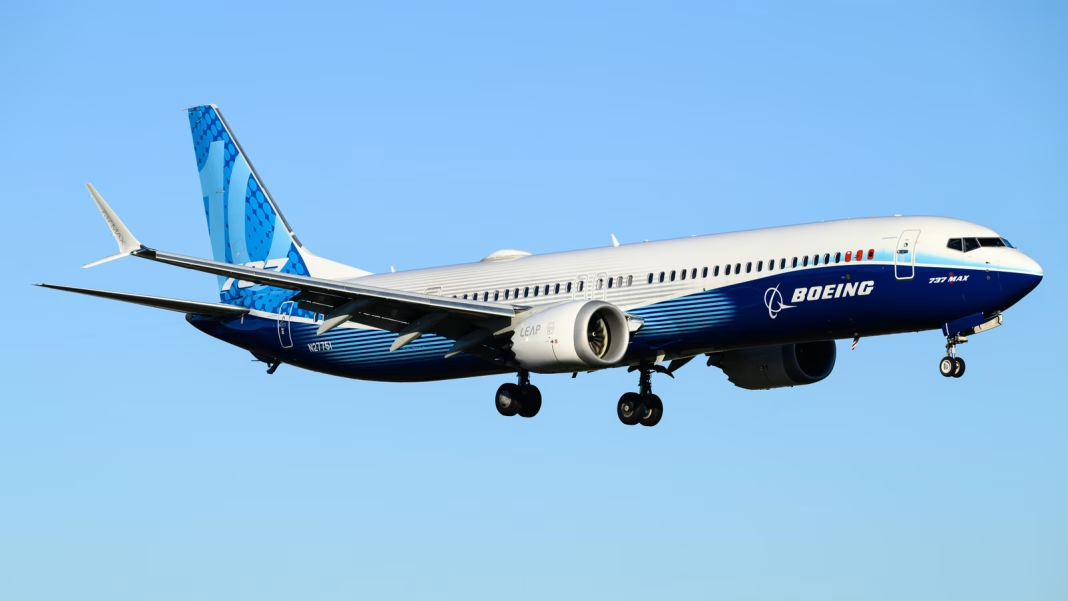Imagine this: you’re eyeing a brand new airliner, and it comes with a hefty price tag of $110 million. Now, what if that price suddenly doubled? You’d probably think twice before making that purchase, right? It’s not just a casual decision; it’s a massive financial commitment. So, it’s no surprise that if the cost skyrocketed, potential customers might just disappear from the scene.
The reality of the aviation market is that pricing is everything. When costs soar, the demand often plummets. This isn’t just a theory; it’s a pattern we’ve seen time and again in various industries, especially in aviation. The stakes are high, and the margins can be razor-thin. Airlines and manufacturers must navigate a complex web of economic factors, including tariffs, fuel prices, and global demand, all of which can influence the final price of an aircraft.
What’s Behind the Price Surge?
Several factors can lead to a sudden increase in aircraft prices. Take tariffs, for instance. When countries impose tariffs on imported goods, it can significantly raise the cost of manufacturing and selling aircraft. Recently, we’ve seen how geopolitical tensions can affect the aviation industry, with tariffs impacting orders and deliveries. If a manufacturer suddenly faces increased costs due to tariffs, they may pass those costs onto buyers, leading to a steep price hike.
Additionally, supply chain disruptions can play a significant role. The pandemic highlighted just how fragile global supply chains can be. Delays in parts and materials can drive up production costs, which manufacturers might then reflect in their pricing. When you couple that with a competitive market, airlines may find themselves in a tight spot, having to weigh the benefits of new aircraft against their skyrocketing costs.
The Impact on Airlines and Customers
For airlines, the decision to purchase new aircraft is often a balancing act between expanding their fleet and managing financial risk. When prices rise sharply, many airlines may reconsider their plans. They might delay purchases, look for used aircraft, or even explore leasing options instead. This shift can have a ripple effect throughout the industry, impacting manufacturers, suppliers, and even the broader economy.
Customers, too, feel the pinch. Higher ticket prices often follow increased aircraft costs. If airlines are forced to raise fares to cover their expenses, travelers may opt for alternative modes of transportation or simply choose to stay home. This could lead to a decrease in overall air travel demand, further complicating the financial landscape for airlines.
Real-World Examples
Let’s look at a recent example. Boeing has faced challenges with its aircraft orders, particularly from China, amid ongoing trade tensions. When orders drop, the manufacturer must rethink its strategy. If they have a backlog of planes that suddenly become too expensive for their customers, they might find themselves in a position where they need to resell those aircraft at a loss. This situation illustrates how interconnected the aviation market is and how sensitive it can be to external pressures.
In contrast, we can also look at how some airlines have adapted. During the pandemic, many carriers pivoted to focus on cargo flights as passenger demand plummeted. This flexibility allowed them to maintain revenue streams despite the challenging environment. It’s a reminder that in an industry as volatile as aviation, adaptability can be just as crucial as financial planning.
Navigating the Future of Aviation
As we look to the future, it’s clear that the aviation industry will continue to face challenges. Rising costs, geopolitical tensions, and changing consumer behaviors will all play a role in shaping the market. For airlines and manufacturers, staying ahead of these trends will be essential. This might mean investing in more efficient aircraft, exploring new markets, or even rethinking their pricing strategies.
The big takeaway? The aviation industry isn’t just about planes and prices—it’s about understanding the broader economic landscape. As costs fluctuate, the key is to remain adaptable and responsive to change. Start with one change this week, and you’ll likely spot the difference by month’s end.


